To provide the best experiences, we use technologies like cookies to store and/or access device information. Consenting to these technologies will allow us to process data such as browsing behaviour or unique IDs on this site. Not consenting or withdrawing consent, may adversely affect certain features and functions.
The technical storage or access is strictly necessary for the legitimate purpose of enabling the use of a specific service explicitly requested by the subscriber or user, or for the sole purpose of carrying out the transmission of a communication over an electronic communications network.
The technical storage or access is necessary for the legitimate purpose of storing preferences that are not requested by the subscriber or user.
The technical storage or access that is used exclusively for statistical purposes.
The technical storage or access that is used exclusively for anonymous statistical purposes. Without a subpoena, voluntary compliance on the part of your Internet Service Provider, or additional records from a third party, information stored or retrieved for this purpose alone cannot usually be used to identify you.
The technical storage or access is required to create user profiles to send advertising, or to track the user on a website or across several websites for similar marketing purposes.
 At a conference at the WWF’s Living Planet Centre in Woking staged by the office furniture firm Kinnarps, I had an off the cuff chat with James Woudhuysen who had just delivered one of his typically entertaining, erudite and challenging talks on the future of work alongside equally renowned speakers such as Philip Tidd and Namrata Krishna from architecture firm Gensler. James is an academic, writer, commentator and (dread word) futurologist. (more…)
At a conference at the WWF’s Living Planet Centre in Woking staged by the office furniture firm Kinnarps, I had an off the cuff chat with James Woudhuysen who had just delivered one of his typically entertaining, erudite and challenging talks on the future of work alongside equally renowned speakers such as Philip Tidd and Namrata Krishna from architecture firm Gensler. James is an academic, writer, commentator and (dread word) futurologist. (more…)






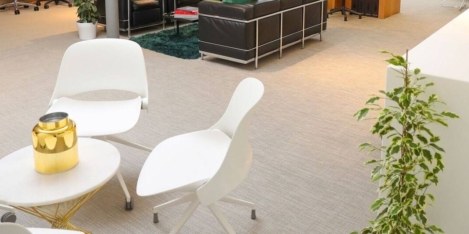
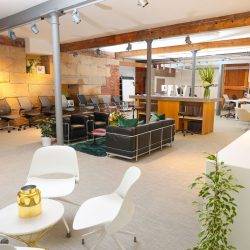

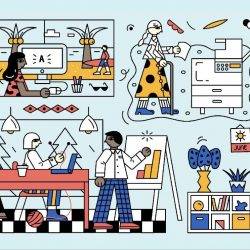

 Technology is in the process of transforming almost every aspect of society, with change happening at an “accelerating rate,” and this is being made possible due of simultaneous rapid advances in several key areas of technology. This is according to a new White Paper on
Technology is in the process of transforming almost every aspect of society, with change happening at an “accelerating rate,” and this is being made possible due of simultaneous rapid advances in several key areas of technology. This is according to a new White Paper on 
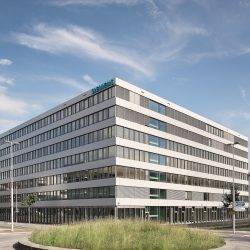
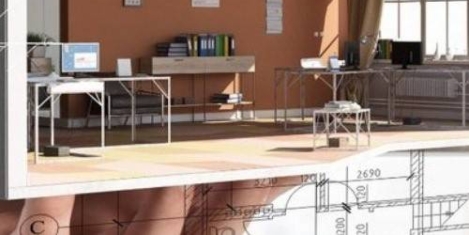
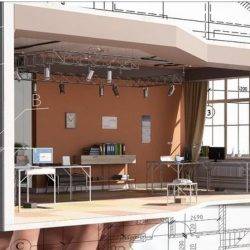
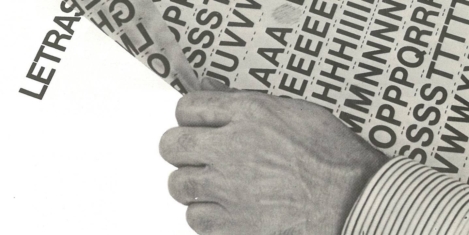


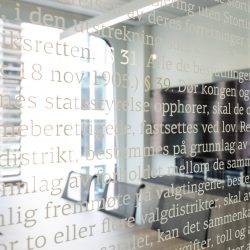

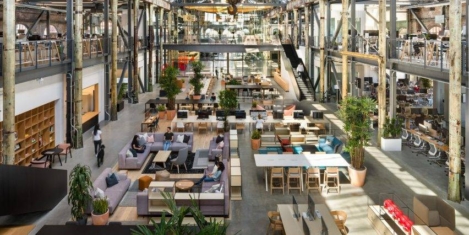
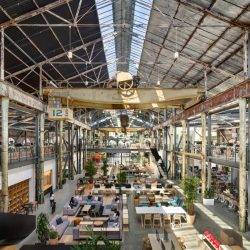
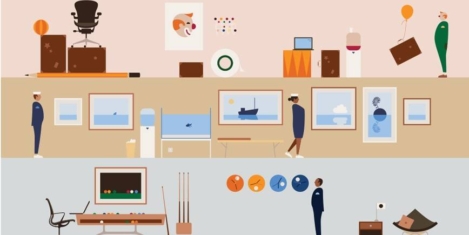
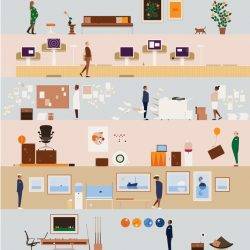






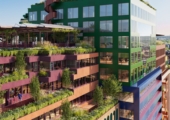
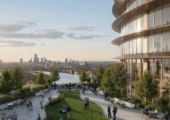

December 7, 2018
Seven reasons why this will not be the office of the future
by Mark Eltringham • Comment, Facilities management, Furniture, Workplace design
(more…)